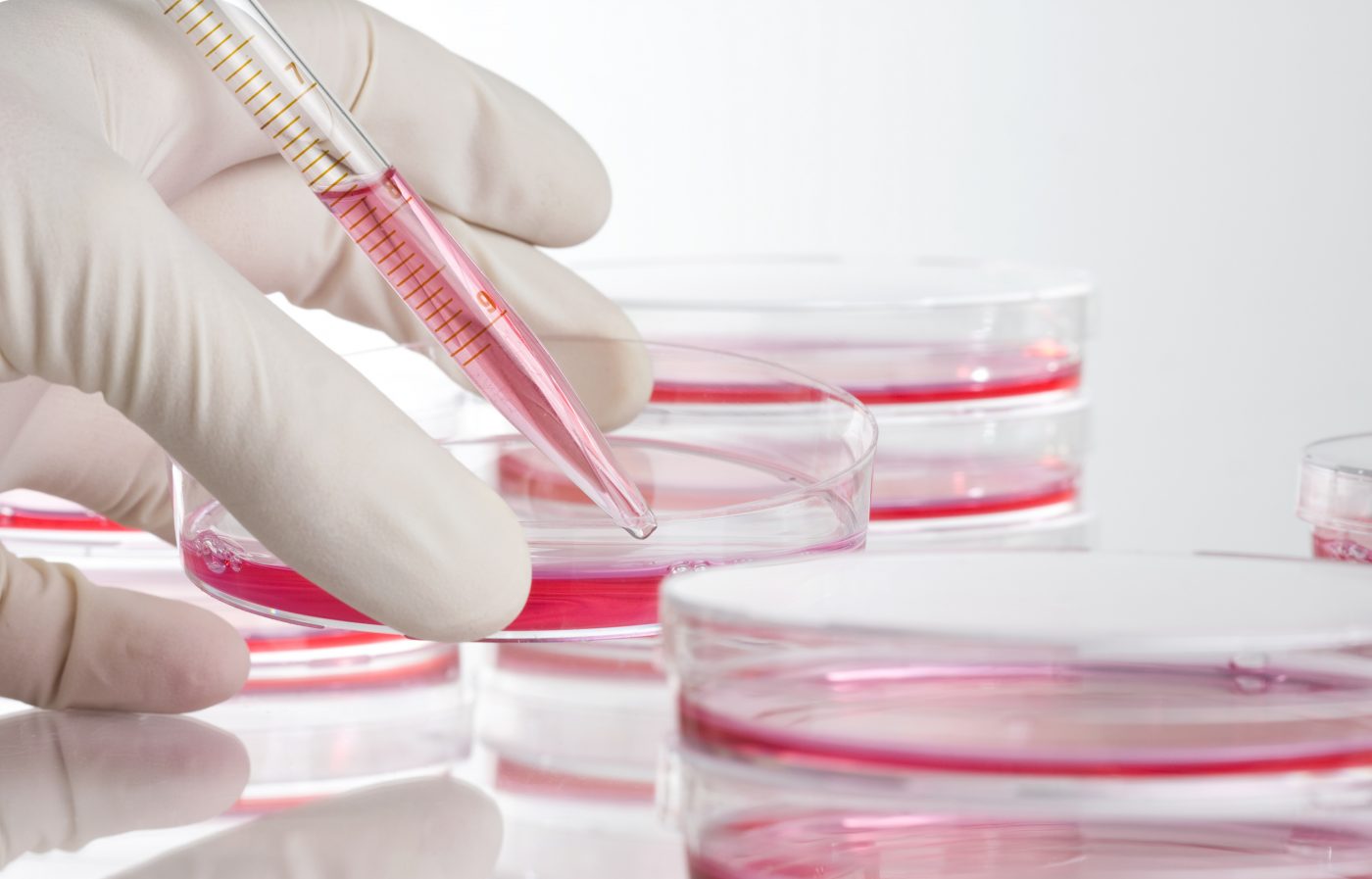Duke Researchers Discover Promising Genetic Approach for Duchenne Muscular Dystrophy

 Researchers at Duke University recently revealed an approach to gene therapy that has the potential to treat more than half of the patients with Duchenne Muscular Dystrophy (DMD). The study was published in the journal Nature Communications and is entitled “Multiplex CRISPR/Cas9-based genome editing for correction of dystrophin mutations that cause Duchenne muscular dystrophy.”
Researchers at Duke University recently revealed an approach to gene therapy that has the potential to treat more than half of the patients with Duchenne Muscular Dystrophy (DMD). The study was published in the journal Nature Communications and is entitled “Multiplex CRISPR/Cas9-based genome editing for correction of dystrophin mutations that cause Duchenne muscular dystrophy.”
“There are no effective therapies currently available for people with DMD,” said the study’s senior author Dr. Charles Gersbach in a news release. “DMD patients are in a wheelchair by age 10 and typically die in their 20s. They have nothing to stop this right now — and we’re trying to work on that.”
Dystrophin is the largest known human gene. It has 79 genetic exons (blocks of genetic material that codes the amino acids for the protein sequence), and if any of these exons suffer a harmful mutation, the protein dystrophin is no longer produced. More than 1,000 mutations have been identified in the dystrophin gene in DMD patients, making it harder to develop a good therapeutic strategy. Some drugs aiming at restoring dystrophin production are currently undergoing clinical testing, however, they only target one exon and therefore only have therapeutic impact for around 13% of the DMD patients.
This new genetic technique developed at Duke University circumvents this issue since it can theoretically target any region of any size within the gene. In this study, a large region of 11 exons in the dystrophin gene carrying multiple different mutations was targeted, which accounts for around 60% of the DMD cases.
[adrotate group=”3″]
In Becker Muscular Dystrophy (BMD), a variation disorder of DMD, a shortened dystrophin protein is generated. BMD is less severe than DMD, and although patients typically experience progressive muscle weakness, the majority live long, full lives. The researchers’ idea was to transform DMD into BMD by eliminating the most problematic region of the gene (exons 45 to 55). In order to do this, the team relied on the CRISPR system.
The CRISPR system is used by bacteria to cut the DNA of foreign pathogens such as viruses. Since its discovery, researchers have used the CRISPR system to repair errors in the human genome. “What makes CRISPR exciting is that it is easy, cheap and fast to work with compared to other methods scientists have been developing in the past decade,” said David Ousterout, the study’s lead author.
Researchers programmed the CRISPR to cut the mutational hotspot region between exon 45 and exon 55 out of the dystrophin gene. Although it is an inefficient process, mainly due to the natural DNA repair mechanisms, this technique works and was able to restore dystrophin expression in cultured muscle cells derived from DMD patients. By introducing these treated cells into rodent models, researchers also found that they were able to restore the production of human dystrophin.
“We still need to improve the efficiency and ensure the safety of the CRISPR-based approach,” added Dr. Gersbach. “We also need to tackle the challenge of how this would be delivered to a DMD patient. We still have a long way to go, but this is a very promising start.”
DMD is an inherited disorder that results from a defective gene called dystrophin, and is characterized by the degeneration of muscle tissues and impaired locomotion due to the lack of the dystrophin protein. DMD has a rapid progression and affects mainly boys with an estimate of 1 in 3,500 newborn males.






